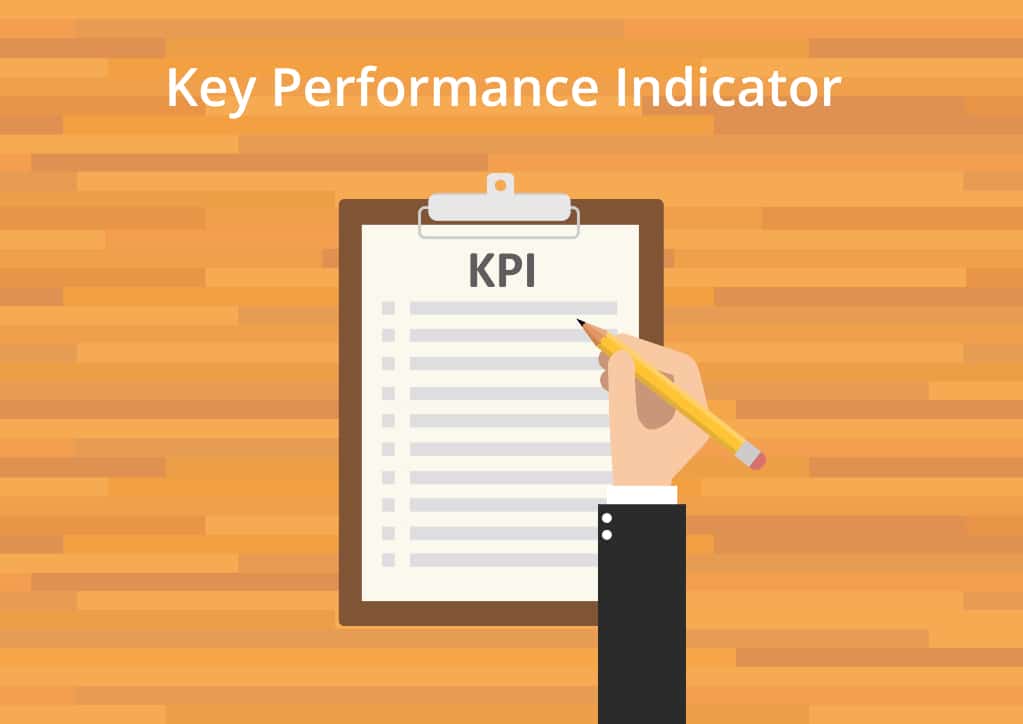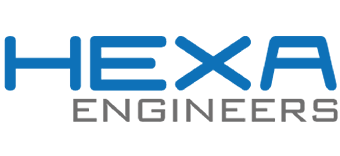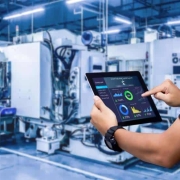Top KPIs for SMEs in Manufacturing Industry 4.0
Top Key Performance Indicators for Midsize Manufacturing Companies Choosing the right KPIs and using the right metrics to monitor them is critical to making the transition to 4.0 technologies worthwhile. While not all companies have the same needs, the most relevant KPIs for medium manufacturing companies are as follows.
- Overall Equipment Efficiency (OEE)
- Respect for delivery times
- The average profit margin

- Managing work in progress
- The just-in-time
- Monitor and manage excellence









